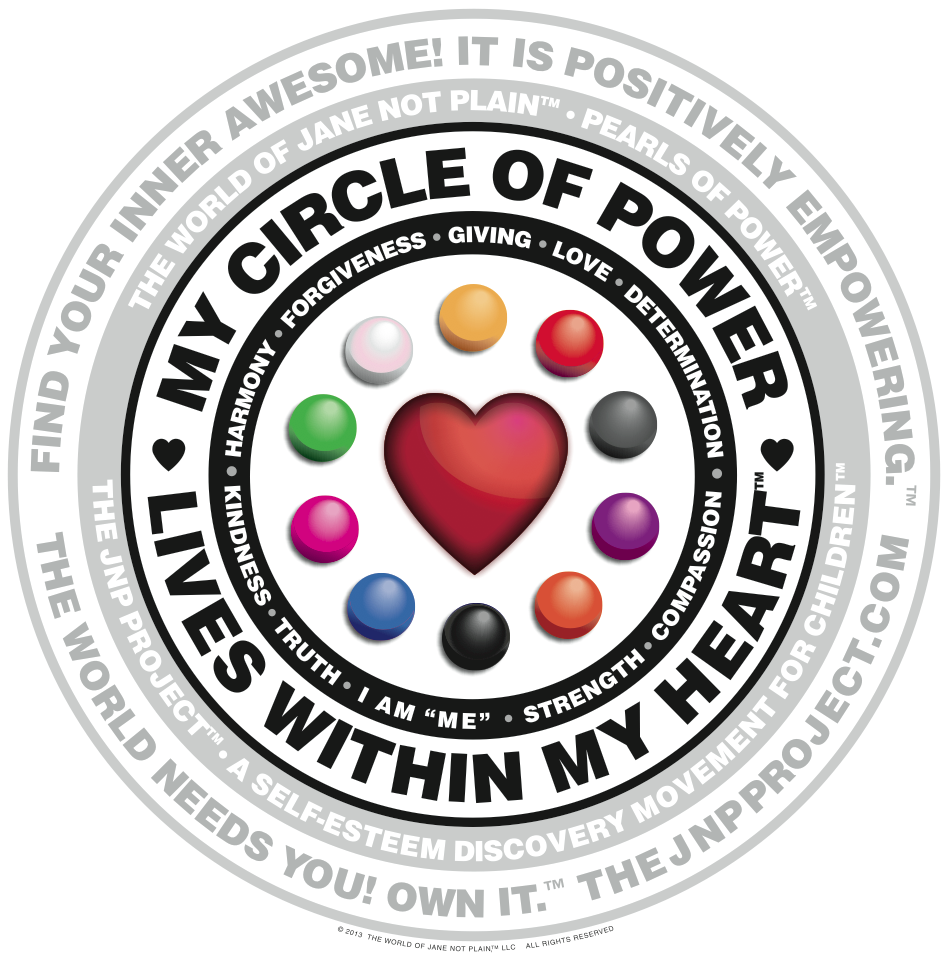Kids Photo Gallery | Kids Art Gallery | Kids Comments | Kids: Self-Esteem Statistics | Kids: Bullying Statistics | Parenting Tips: Kids Empowerment | Hot Topics | Supportive Research: Kids Healthy Self-Esteem | Bullying Has Got To Go Research & Resources
 NO CHILD SHOULD EVER HAVE TO FEEL LIKE A “PLAIN JANE” AGAIN… And in today’s society, an alarming number of children are involved with physical, verbal and cyber violence abuse from their peers.
NO CHILD SHOULD EVER HAVE TO FEEL LIKE A “PLAIN JANE” AGAIN… And in today’s society, an alarming number of children are involved with physical, verbal and cyber violence abuse from their peers.
Did you know…?
FACT 1:
Lack of self-esteem is a significant developmental problem for young children today. Research conducted by Prof. Lissette Saavedra, tells us that often unhealthy self-esteem is the underlying cause of fear, anxiety, anger, panic attacks, dependence and lack of assertiveness, depression, eating disorders, addictive behaviors, relationship problems, social anxiety disorders and dependent personality disorders.
FACT 2:
The average 2-year-old child hears 432 negative statements per day, but only 32 positive statements each day, according to a research study at the University of Iowa.
FACT 3:
Self-esteem expert Jack Canfield, of Chicken Soup for the Soul fame, notes that says 80 percent of children entering the first grade scored high on the self-esteem inventory. By the fifth grade only 20 percent of the children were scoring high. And by the time they graduated from high school that number was down to just 5 percent.
FACT 4:
Who is responsible for the development of self-esteem? Canfield says that in a survey of 1,000 parents and 1,000 teachers, 72 percent of the parents said teachers were responsible, while 78 percent of the teachers said the parents were.
FACT 5:
Children with unhealthy self-esteem feel that the important adults and peers in their lives do not accept them, do not care about them very much, and would not go out of their way to ensure the child’s safety and well-being, according to Prof. Saavedra’s article in Psychology of Infancy & Childhood.
FACT 6:
Girls were particularly likely to be critical of themselves, and one-quarter of older girls reported that they did not like or hated themselves. In contrast, only 14 percent of boys said they felt this way.
(Source: JANE E. BRODY, “Personal Health: Girls and Puberty: the Crisis Years”, Women’s Health)
FACT 7:
Girls who watch TV commercials featuring underweight models lose self-confidence and become more dissatisfied with their own bodies.
(Source: Dove Campaign, “Dove Campaign for Real Beauty to Help Foster Self-Esteem in Girls”, PR Wire, quoting a research conducted at Flinders University, South Australia, 2002)
FACT(s) 8–SUICIDE:
In 2013, suicide ranked third in causes of death in kids ages 10-14. In that same year, suicide ranked second in causes of death in kids/young adults ages 15-24. A total of 5,264 (ages 10-24) took their own lives in suicide. (Source: Centers for Disease Control and Prevention)
– Youth who report both bullying others and being bullied (bully-victims) have the highest risk for suicide-related behavior of any groups that report involvement in bullying.
(Source: Centers for Disease Control and Prevention, 2014)
– 1 in 100,000 children ages 10 to 14 die by suicide each year.
– 7 in 100,000 youth ages 15 to 19 die by suicide each year.
(Source: National Institute for Mental Health)
– The teen suicide rate increased from 5.9 to 11.1 per 100,000 population between 1970 and 1988, remained steady until 1994, then declined to 6.7 per 100,000 in 2007. Since then, the rate has been increasing, and was at 8.3 per 100,000 in 2013.
(Source: Childtrends.org citing statistics from the Centers for Disease Control and Prevention)
– The 2011 Youth Risk and Behavior Survey found that in the previous 12 months among high school students; 15.8% seriously considered suicide; 12.8% made a plan for suicide; 7.8% attempted suicide one or more times; 2.4% made a suicide attempt that had to be treated by doctor or nurse.
(Source: American Association of Suicidology)
– Girls are more likely to attempt suicide, but boys are 4.34 times more likely to die by suicide than girls.
(Source: American Association of Suicidology, based on 2011 data)
 I AM. I CAN. I WILL. EMPOWERED.™
I AM. I CAN. I WILL. EMPOWERED.™
Jane & Jake earn their Pearls of Power™ for discovering character traits—YOU can too! All girls and boys, as young as three, are ready for affirming guidance and reassurance in the development of a positive self-image. The JNP Project™ strongly supports this healthy self-esteem movement through an educationally fun, illustrated adventure-series of interactive-eBooks, featuring Jane & Jake’s Adventures to Awesome. The series nurtures character, courage, and confidence–strengthening a child’s values and character. Vetted by an expert committee of professionals, we present a 31-story series, which awards reader efforts, and reveals an understanding of character while developing feelings of self-worth. Offering readers their own positive story-ending choice, each adventure encourages independent, higher-level thinking.
THE WORLD NEEDS YOU! OWN IT.™
Join the JNP Movement – make a difference; deliver the tools of empowerment to someone you care for and love. Begin Now!





